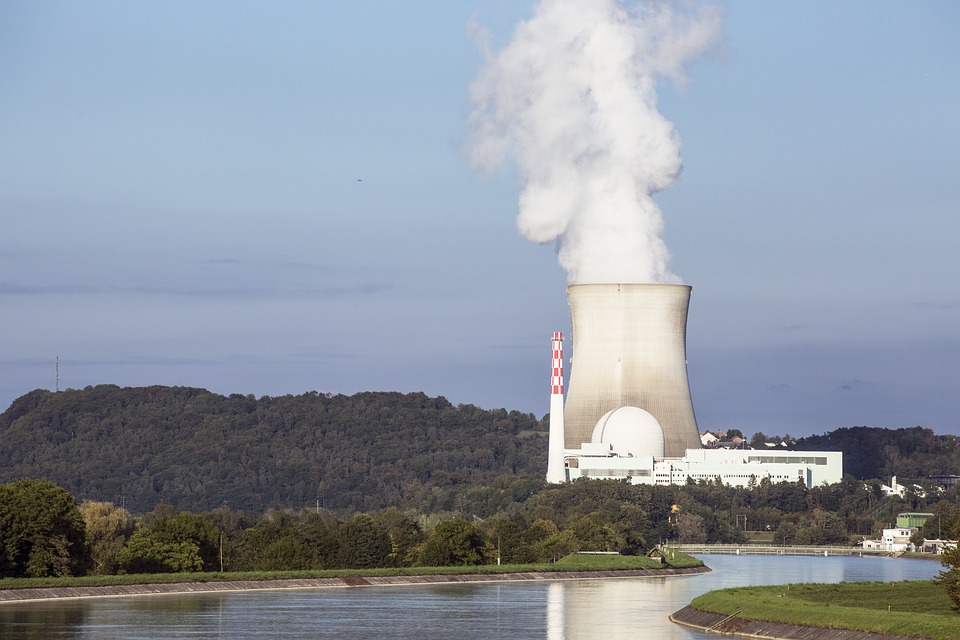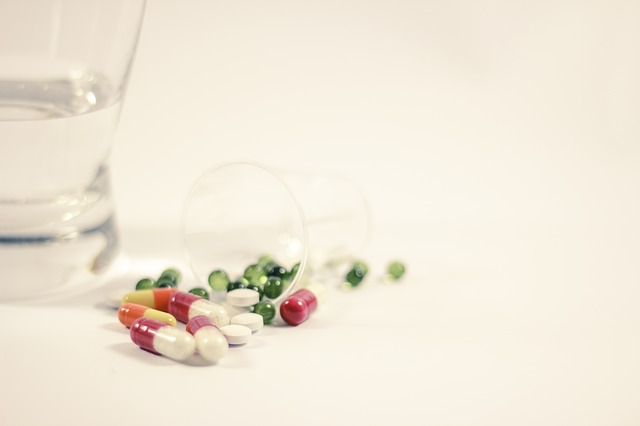Written by Anna Bartels, Staff Writer for Save The Water™ | February 6th, 2018
Uranium is a naturally occurring, radioactive element. This element is often found in nature and can be mined and processed into a metal.1 The processed metal has played a major role in military weapons programs and power generation. But today its legacy lives on in people’s homes and drinking water. Researchers are continuing to explore the journey of uranium’s migration into drinking water, the possibility for harm, and the innovation necessary for clean-up.
How does uranium get into drinking water? From Water Near Weapons Factories, Phosphate-Fertilized Farms, and Uranium Mines
Uranium appears naturally in rocks, soil, and groundwater. The element is typically in very low levels that do not pose a risk to humans and animals.1 The Environmental Protection Agency (EPA) has set the maximum contaminant level for uranium in drinking water as 30 µg per liter.2 Despite that limit, levels of uranium may be higher than normal near factories that process uranium. Uranium is used to build weapons. Farms also use uranium in phosphate fertilizer. Lastly, uranium is processed in uranium mines.1 Uranium-contaminated soils can pollute groundwater near these sites, which may then appear in drinking water supplies and water sources used for irrigation and homes.2
For example, families and individuals in the Navajo Nation live near uranium mines and mills, where approximately 30 million tons of uranium ore were extracted between 1944 and 1986. Although the mines are closed today, 500 abandoned mines remain on the land, and groundwater has elevated levels of radiation.4 The EPA has warned that people living near the mines are at risk of drinking contaminated water by using unregulated water supplies or not following safe water collection practices.4
In addition, high levels of uranium have recently been reported in farming regions of the western United States, which are due to over-pumping of natural groundwater reserves that have uranium content. In some regions, drought or irrigation needs may cause water scarcity. In an effort to collect water groundwater pumping pulls surface water deep into the Earth, which is then tapped by wells that supply drinking water.5 In 2015, researchers at the University of Nebraska reported that nearly two million Americans in California’s Central Valley and the Midwest live within a half-mile of groundwater containing unhealthy levels of uranium, so concerns about uranium-contamination are widespread.5
What are the effects of uranium contamination? Kidney Damage and Risk of Cancer, and Lots of Money
The Centers for Disease Control and Prevention (CDC) has classified the chemical effects of drinking uranium as a greater concern than the effects of possible radiation from contact exposure.2 Although bathing and showering with uranium-contaminated water does not pose a serious health risk, drinking contaminated water can lead to several issues.2 Kidney damage is the most likely outcome of exposure to uranium-contaminated drinking water. The CDC also cautions that drinking water with uranium may increase an individual’s estimated lifetime risk of cancer because of the radioactive elements (although the base of evidence supporting this claim is not definitive at this time).5
Beyond the health impact, there are also social and economic effects of uranium contamination. Like any type of drinking water contamination, the problem poses serious cost to taxpayers. For example, in 2015, the city of Modesto, California, spent over a half million dollars to blend the water of a uranium-contaminated well with other water sources to dilute the uranium to safe levels.5 In fact, Modesto’s cost of diluting its water supply is only a drop in the bucket of total costs for the state: The California Water Resources Control Board has reported that the state has spent over $16.7 million since 2010 to address public water systems with high levels of uranium.5
What are possible solutions to uranium contamination? Test Your Water
Fortunately, there are actions individuals can take to test and to treat their own water, which is especially important for homes with private wells. People with private wells must routinely test their own water supply, and certified water testing laboratories can test for the presence of uranium. If there is a level of exposure above the allowable amount, people must install a household water purification unit, connect to a public water supply (which is already tested and treated), or use bottled water if no other option is available.6
Like in Modesto, cities and states can also take action against contaminated sources of drinking water by diluting the supplies down to safe levels or closing contaminated wells altogether; however, testing and treatments are expensive and may not eliminate the source of contamination.5 Federal laboratories are also working to clean up contaminants left behind by governmental weapons programs, such as by excavating and transporting contaminated soil. Again, this intervention is also expensive and may present issues for safe relocation and disposal of the uranium-contaminated soil.
Another Solution: Innovative Technology
Researchers at Stanford University and the Oak Ridge National Laboratory are developing a possible solution to these issues by converting dissolved uranium into a solid form that is not transmittable by water.3 The research group created a recirculation loop, so contaminated groundwater was brought to the surface, treated, and reinjected in an ongoing fashion for over a year. The treatments included removing contaminants, adding acidity and ethanol to the recirculating water, and growing microbial agents that converted the uranium to an immobile form.3 This means that after a year of treatment, the uranium remained like a rock in the soil without dissolving into the groundwater. Ultimately, the team was successful in reducing uranium contamination in a sample of groundwater from over 1,000 times the drinking water regulatory limit down to 30 µg per liter.3
Uranium is widely present in drinking water, and individuals who have private wells, live near current or former uranium mines and processing plants, or who live near farms should be especially vigilant. We can be encouraged, though, as researchers and public officials make progress in addressing this issue and reducing uranium contamination.
References
- Stephanie Pappas. July 24, 2017. “Facts About Uranium.” Live Science. https://www.livescience.com/39773-facts-about-uranium.html
- Centers for Disease Control and Prevention. Jan. 10, 2017. “Community Water.” https://ephtracking.cdc.gov/showUraniumHealth.action
- Hannah Hickey. May 19, 2006. “For uranium cleanup… a bacteria?” Stanford News. https://news.stanford.edu/news/2006/may24/criddle-052406.html
- Environmental Protection Agency. “Cleaning Up Abandoned Uranium Mines.” https://www.epa.gov/navajo-nation-uranium-cleanup/cleaning-abandoned-uranium-mines
- Associated Press. December 8, 2015. “‘You can get cancer’: Uranium contaminates water in the West.” CBS News. https://www.cbsnews.com/news/uranium-contaminates-drinking-water-in-us-west/
- North Dakota Department of Health. October 2015. “Uranium in Drinking Water Fact Sheet.” https://deq.nd.gov/Publications/WQ/1_GW/uranium/UraniumInDrinkingWaterFactSheet.pdf





